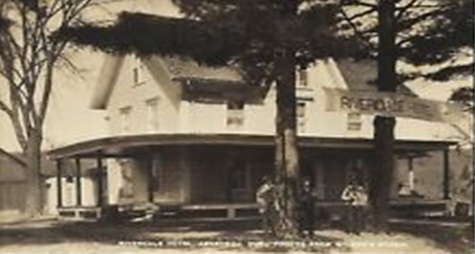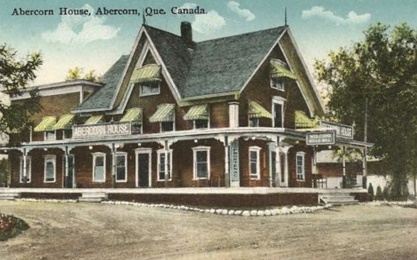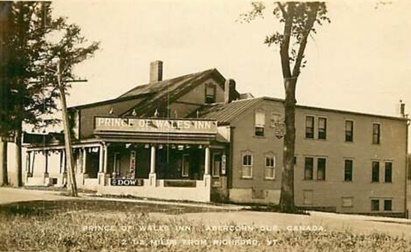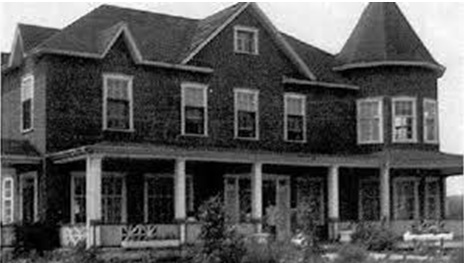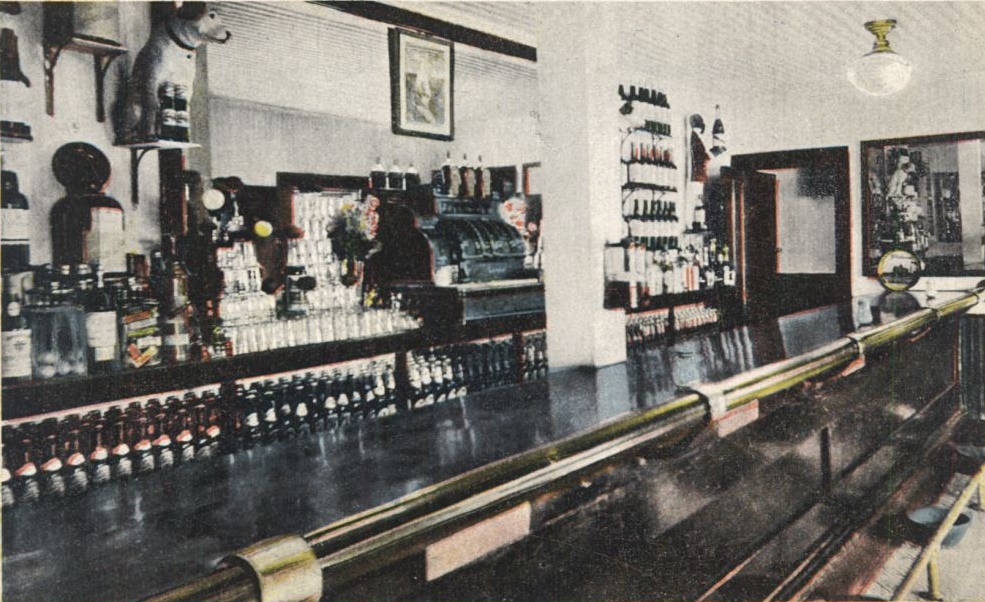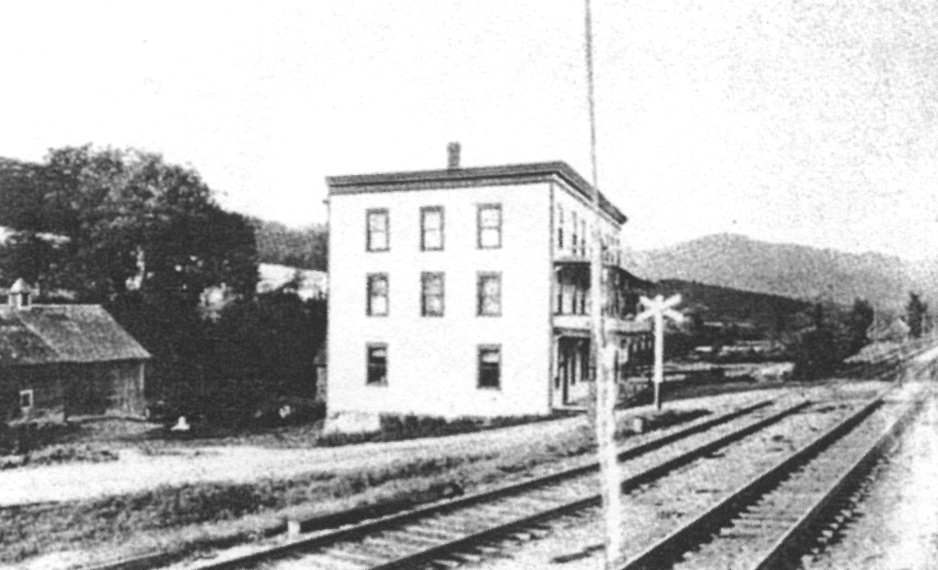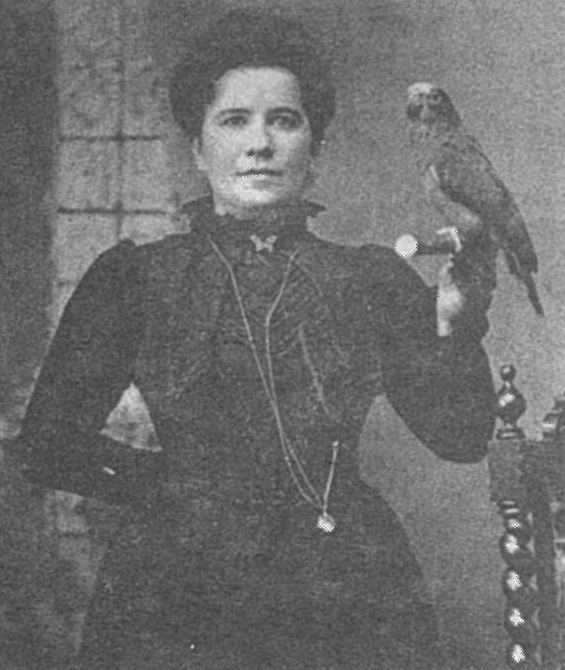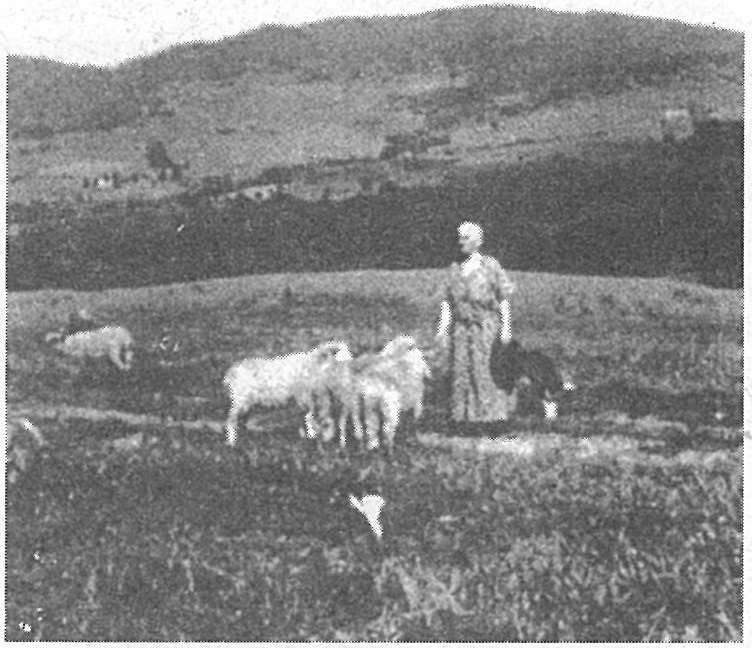Abercorn’s golden age and the reign of Queen Lill
Prohibition in the United States proved a gold mine for two small communities in Sutton Township located right on the border with Vermont. Glen Sutton and Abercorn became real boom towns. Hotels and bars multiplied. Abercorn, whose population was barely 300, had five.
In 1911 Queen Lill (whose real name was Lillian Miner) bought land straddling the border between Glen Sutton and East Richford. The foundations of a burned out hotel were found, allowing her to rebuild, even though buildings right on the border supposedly weren’t allowed. Her new establishment, called the Palace of Sin, offered sexual services on the upper floors; on the Canadian side of the ground floor, a bar served alcoholic beverages. The Canadian Pacific Railway line connecting Montréal to the American cities of Newport and Boston passed right by the place, so train personnel regularly stopped to let customers off.
Dramatisation of Lillian Miner (aka Queen Lill) describing her brothel. View this video and an English transcript.


